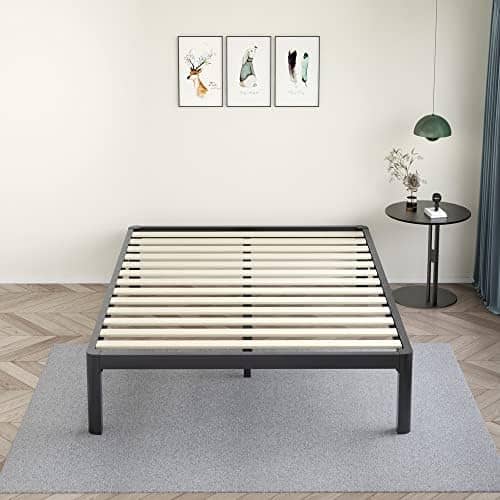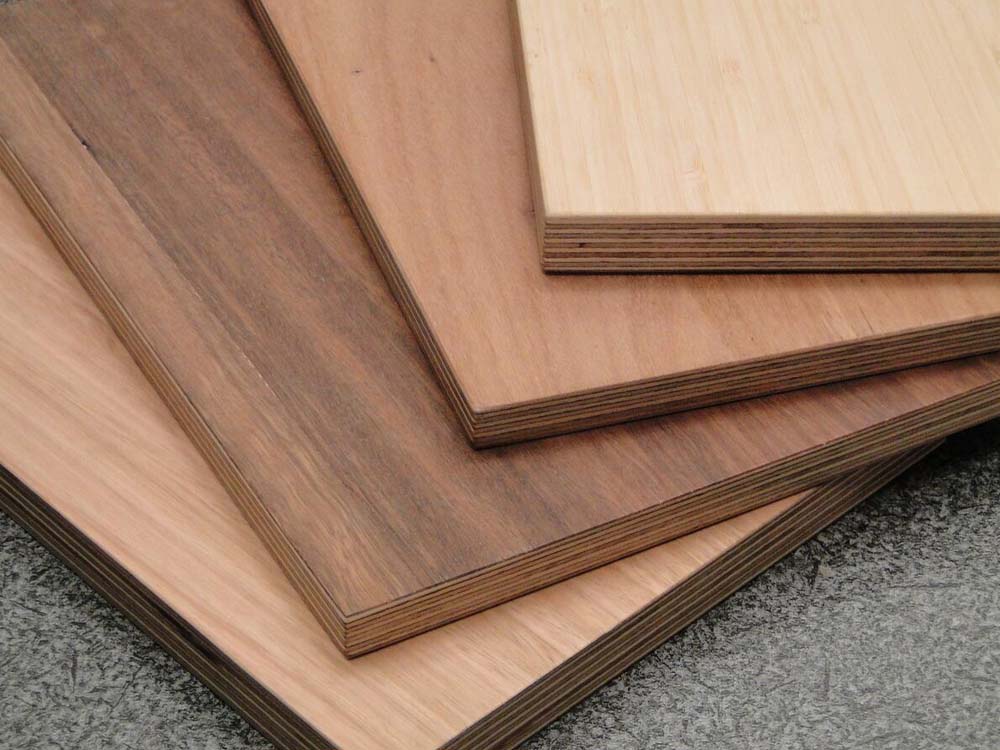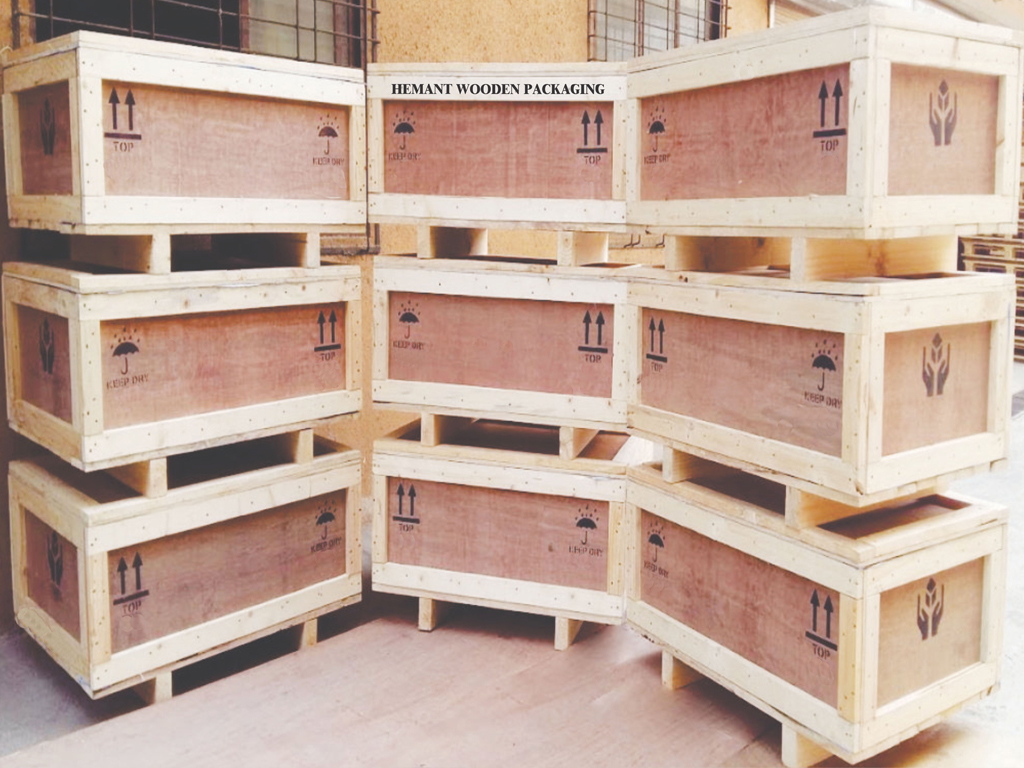In the fiercely competitive furniture landscape, where comfort reigns supreme and quality dictates brand loyalty, few components are as vital yet often overlooked as bed slats. These unsung heroes of a restful night’s sleep provide the crucial foundation upon which mattresses rest, silently dictating support, breathability, and ultimately, the overall sleep experience. And when it comes to the ever-popular queen size bed, choosing the right type of bed slats can be the difference between a delighted customer and a restless night’s sleep.
This comprehensive guide delves into the intricacies of the top 5 queen size bed slat categories, empowering you, the discerning manufacturer, to make informed decisions that will not only elevate your product offerings but also ensure your customers sleep soundly, night after night.
Why Bed Slats Matter: Beyond the Mattress
Before we unveil the top contenders in the world of bed slats, let’s take a deeper dive into why these seemingly simple components deserve your undivided attention. Unlike solid bed bases, which can inadvertently trap heat and moisture, creating a less than ideal sleep environment, bed slats promote optimal airflow, acting as miniature ventilation systems within the bed frame. This breathability helps regulate temperature, wicks away moisture, and keeps mattresses fresh, contributing to a healthier and more hygienic sleep experience for the end user.
But the true magic of bed slats, the element that truly sets them apart, lies in their ability to provide unparalleled support, a factor that can make or break a bed’s comfort level and directly impact a customer’s sleep quality. Properly spaced and expertly designed slats act as a dynamic support system, distributing weight evenly across the entire mattress surface. This prevents sagging, a common culprit of discomfort, back pain, and premature mattress wear, and ensures that the mattress maintains its intended shape and support over time, maximizing its lifespan and ensuring customer satisfaction. This is particularly crucial for queen size beds, which, due to their larger surface area compared to their single or twin counterparts, tend to endure greater stress and weight loads, making the role of robust and well-designed slats even more critical.
Unveiling the Top 5: A Queen Size Bed Slat Showdown
The market is awash with a dizzying array of bed slats, each vying for a coveted spot in your furniture line. Let’s break down the top 5 categories, considering their unique pros, cons, and ideal applications, empowering you to make informed sourcing decisions that align with your production needs and target market:
1. The Classic Choice: Solid Wood Slats
- Material: Typically crafted from hardwoods like pine, beech, or birch, these bed slats harness the inherent strength and natural beauty of these time-tested materials.
- Pros: Renowned for their durability, able to withstand the rigors of daily use, they offer a timeless aesthetic appeal that complements a wide range of bed designs. Their widespread availability and cost-effectiveness make them a popular choice for manufacturers seeking a balance of performance and affordability.
- Cons: Solid wood bed slats can be heavier than some of their modern counterparts, potentially adding extra weight to the bed frame. They are also susceptible to warping or cracking over time if not properly treated and finished to enhance moisture resistance, a crucial consideration for humid environments.
- Ideal For: Solid wood slats are a versatile choice, finding their home in a variety of applications. They are frequently used in traditional bed frames, appealing to those seeking a classic and timeless aesthetic. Manufacturers prioritizing natural and renewable materials often gravitate towards solid wood, aligning with their sustainability goals. Within the realm of bed designs, they are commonly found in standard bed frames, platform beds, and slatted bed bases, providing reliable support for a variety of mattress types.

2. The Heavyweight Champion: Metal bed Slats
- Material: Engineered for strength and longevity, metal slats are often crafted from steel or aluminum alloys chosen for their robust properties and ability to withstand heavy loads.
- Pros: Metal slats reign supreme in the durability department, capable of withstanding heavy loads and frequent use without succumbing to wear and tear. Their resistance to moisture, pests, and temperature fluctuations makes them an ideal choice for environments where these factors might pose a challenge. This inherent resilience ensures long-lasting performance, translating into reduced warranty claims and increased customer satisfaction.
- Cons: While incredibly strong, metal slats can be prone to noise if not properly integrated into the bed frame design, potentially squeaking or rattling with movement. They may also transmit vibrations more readily than wood if noise-dampening measures are not implemented during the manufacturing process.
- Ideal For: Metal slats are the go-to choice for heavy-duty bed frames designed to withstand rigorous use, such as those found in children’s rooms, guest rooms, or homes with active sleepers. They shine in minimalist or industrial-inspired designs where a sleek metal aesthetic is desired, complementing the overall design language. Platform beds, known for their low profile and modern aesthetic, often incorporate metal slats to maintain a streamlined look. Within specific applications, they are commonly found in bunk beds, loft beds, and bed frames designed for heavier weights or individuals who prioritize a firm and unyielding sleep surface.
3. The Flexible Friend: Spring bed Slats
- Material: Composed of thin wood bed slats strategically supported by flexible plastic or rubber connectors, spring bed slats offer a dynamic and responsive support system that adapts to the contours of the sleeper’s body.
- Pros: The defining characteristic of spring bed slats is their ability to provide adjustable support and comfort. This adjustability allows for personalized firmness levels, catering to a wider range of sleep preferences. Their ability to contour to the body’s shape offers pressure relief, particularly in the shoulders, hips, and lower back, promoting spinal alignment and reducing morning aches and pains. From a cost perspective, they are often more affordable than solid wood bed slats, making them an attractive option for manufacturers seeking a balance of performance and value.
- Cons: The durability of spring bed slats can vary significantly depending on the quality of materials used in their construction. Lower-quality plastic or rubber connectors may become brittle or break over time, compromising the integrity of the slat system. Additionally, spring bed slats may not be suitable for heavier individuals or those who prefer a very firm and unyielding sleep surface, as the flexible nature of the system might not provide the desired level of support.
- Ideal For: Spring bed slats are a natural fit for adjustable beds, where personalized comfort is paramount and the ability to fine-tune the sleep experience is highly valued. They are also an excellent choice for individuals seeking a more tailored sleep experience, particularly side sleepers or those with pressure points that require targeted support.
4. The Budget-Friendly Option: Plywood bed Slats
- Material: Engineered from layers of wood veneer glued together, plywood slats offer a lightweight and cost-effective solution for bed base support, making them a popular choice for manufacturers seeking to optimize production budgets without compromising on essential functionality.
- Pros: Plywood slats are highly affordable, making them an attractive option for budget-conscious manufacturers looking to offer competitive pricing without sacrificing quality. Their lightweight nature makes them easy to handle, simplifying transportation, storage, and installation processes. They are readily available in various thicknesses to accommodate different load requirements, providing flexibility in design and application.
- Cons: While a cost-effective choice, plywood slats are generally less durable than solid wood or metal slats, prone to sagging or warping over time, especially under heavier loads or with prolonged use. They may require more frequent replacement compared to their more robust counterparts, potentially leading to increased maintenance costs in the long run.
- Ideal For: Plywood slats are a practical choice for cost-conscious manufacturers seeking to optimize production budgets without compromising on essential functionality. They are often used in basic bed frames, slatted supports for lighter mattresses, and temporary or guest beds where extreme durability is not a primary concern. Their affordability and ease of use make them a popular choice for DIY enthusiasts and those seeking a budget-friendly bedding solution.
5. The Eco-Warrior: Bamboo bed Slats
- Material: Crafted from sustainable and fast-growing bamboo, a renewable resource known for its strength, resilience, and minimal environmental impact, bamboo slats offer a compelling choice for eco-conscious manufacturers and consumers alike.
- Pros: Bamboo slats are inherently environmentally friendly, appealing to eco-conscious consumers and manufacturers seeking to minimize their environmental footprint. They are surprisingly strong for their lightweight nature, offering a balance of sustainability and performance that is hard to match. Bamboo is naturally antimicrobial and moisture-resistant, creating a healthier and more hygienic sleep environment by inhibiting the growth of mold, mildew, and bacteria.
- Cons: While a sustainable choice, bamboo slats can be more expensive than traditional wood slats, potentially impacting production budgets and requiring manufacturers to carefully consider their pricing strategies. Additionally, availability may vary depending on location and sourcing practices, requiring manufacturers to establish reliable supply chains to ensure consistent inventory.
- Ideal For: Bamboo slats are an excellent choice for eco-conscious manufacturers seeking to minimize their environmental footprint and appeal to the growing market of sustainability-minded consumers. They are often incorporated into bed frames designed for individuals with sensitivities or allergies, as the naturally hypoallergenic properties of bamboo can provide relief. Their strength, sustainability, and moisture resistance make them suitable for a variety of applications, from basic bed frames to platform beds and slatted bed bases.
Making the Right Choice: A Manufacturer’s Guide
Selecting the ideal slat category for your queen size beds is a decision that should be guided by careful consideration of your target market, design aesthetics, and desired performance outcomes. This is not a one-size-fits-all scenario; it requires a strategic approach that aligns with your brand identity and meets the needs of your target audience:
| Factor | Considerations |
|---|---|
| Target Market | Who are you designing for? Are you targeting budget-conscious consumers seeking affordability and value? Are you catering to luxury seekers demanding premium materials, craftsmanship, and a touch of exclusivity? Are you aligning your brand with the growing segment of eco-conscious individuals prioritizing sustainability and minimal environmental impact? |
| Bed Frame Design | Does the slat type complement the overall bed frame design? For example, sleek metal slats might clash with a rustic wooden frame, while classic wood slats might not align with a minimalist, contemporary aesthetic. Consider the overall design language of your bed frame and choose slats that enhance, rather than detract from, its visual appeal. |
| Desired Support Level | Do you want to offer a firm and unyielding sleep surface, ideal for back sleepers or those who prefer minimal movement during the night? Do you want to offer a medium level of support, catering to a wider range of sleep preferences and body types? Or do you want to offer a softer, more forgiving feel, ideal for side sleepers or those seeking pressure relief? This decision will significantly influence slat material, spacing, and overall design. |
| Durability Requirements | How much weight do the slats need to support? How long do you want them to last before requiring replacement? Consider the intended use of the bed and the weight capacity required. Are you designing for children, adults, or both? Are you factoring in the potential for dynamic loads, such as children jumping on the bed? |
| Budget Constraints | Finding the perfect balance between quality and affordability is crucial for any successful furniture line. Determine your budget and explore slat options that align with your financial parameters without compromising on essential performance characteristics. Remember, the cheapest option is not always the most cost-effective in the long run, as lower-quality materials may lead to premature wear and tear, increased warranty claims, and ultimately, damage to your brand reputation. |
Beyond the Material: Factors Affecting Slat Performance
While selecting the right material is a crucial first step in the slat selection process, several other factors can significantly impact the performance, longevity, and overall comfort of bed slats, influencing the sleep experience and ultimately, customer satisfaction:
- Slat Spacing: The spacing between slats plays a pivotal role in determining the level of support and flexibility the bed base provides. Closer spacing, typically 2-3 inches apart, provides firmer support, ideal for heavier mattresses or individuals who prefer a more rigid sleep surface. Wider spacing, around 4-5 inches apart, offers more flexibility and breathability, suitable for lighter mattresses or those seeking a softer feel. The ideal spacing will depend on the specific slat material, mattress type, and desired comfort level.
- Slat Thickness: The thickness of the slats directly influences their strength and durability, impacting their ability to withstand weight and resist bending or breaking. Thicker slats are generally more robust and capable of withstanding heavier loads and prolonged use, making them suitable for individuals with higher body weight or active sleepers. Thinner bed slats might be more prone to flexing or breaking under stress, particularly if not supported by a center support system.
- Slat Width: Wider bed slats provide a larger surface area for weight distribution, contributing to a more stable and supportive sleep surface. They effectively disperse weight across a wider area, reducing pressure points and minimizing the risk of mattress sagging. Narrower bed slats might concentrate weight in specific areas, potentially leading to uneven support or premature mattress wear, particularly in the center of the bed where body weight is typically concentrated.
- Center Support: A center support system, typically a metal rail running down the middle of the bed frame, is essential for queen size beds and larger to prevent sagging and ensure even weight distribution across the entire sleep surface. This central support beam acts as a reinforcement, preventing the bed slats from bowing or breaking under pressure. It is particularly important for beds with wider slat spacing or those designed to support heavier weights.
Partnering for Success: Finding the Right Slat Supplier
Choosing the right slat supplier is as crucial as selecting the perfect materials and design. It’s a partnership that can significantly impact the quality, consistency, and overall success of your furniture line. When evaluating potential partners, consider these key factors to ensure a successful and mutually beneficial relationship:
- Experience and Expertise: Look for suppliers with a proven track record in the furniture industry, specifically in manufacturing high-quality bed slats. Inquire about their experience working with various materials, their production capabilities, and their commitment to rigorous quality control measures. A supplier with a deep understanding of the furniture industry will understand your needs, anticipate challenges, and provide valuable insights throughout the manufacturing process.
- Customization Options: Every furniture line is unique, reflecting your brand’s identity and catering to your target market. Seek out suppliers who understand the power of customization and offer a range of options to bring your vision to life. This might include tailoring slat dimensions to meet specific design requirements, exploring alternative materials to achieve a desired aesthetic or performance characteristic, offering a variety of finishes to complement different bed frame styles, or incorporating unique design elements that set your products apart from the competition.
- Quality Control: Consistent quality is paramount in the furniture industry, where a single defective component can compromise the integrity and longevity of an entire product. Partner with suppliers who prioritize quality control at every stage of the manufacturing process, from raw material sourcing to final product inspection. Inquire about their inspection procedures, testing protocols, and commitment to meeting industry standards. A supplier with a robust quality control system will give you peace of mind knowing that your products are being held to the highest standards.
- Sustainability Practices: In today’s environmentally conscious market, sustainability is no longer a trend; it’s a responsibility. Seek out suppliers who share your commitment to responsible manufacturing practices and demonstrate a genuine commitment to minimizing their environmental impact. Inquire about their use of sustainably sourced materials, such as FSC-certified wood, which ensures that the wood used in your products comes from responsibly managed forests, or recycled metals, which reduces the demand for virgin materials and minimizes waste. Explore their efforts to minimize waste throughout their production processes and reduce their overall environmental footprint through energy-efficient manufacturing techniques, responsible water usage, and waste reduction programs.
Why Choose Yuantuo Wood for Your Queen Size Bed Slats?
At Yuantuo Wood, we understand that crafting exceptional furniture goes beyond aesthetics – it’s about building a foundation for a good night’s sleep. We believe that the right bed slats are crucial to this foundation, and we’re committed to providing discerning manufacturers like you with the highest quality options to elevate your queen size bed offerings.
Here’s why Yuantuo Wood should be your trusted partner for bed slats:
- Unwavering Commitment to Quality: We source premium hardwoods like pine, beech, and birch, meticulously selecting each piece for its strength, durability, and natural beauty. Our rigorous quality control processes ensure that every slat meets the highest industry standards, guaranteeing consistent performance and longevity.
- Tailored to Your Vision: We recognize that your brand is unique. That’s why we offer a wide range of customization options, allowing you to tailor slat dimensions, materials, and finishes to perfectly complement your bed frame designs and meet the specific needs of your target market.
- Sustainability at Our Core: We share your commitment to responsible manufacturing. Our sourcing practices prioritize sustainably harvested wood, minimizing our environmental impact without compromising on quality.

- Experience and Expertise: With years of experience in the furniture industry, we understand the intricacies of bed slat design and production. Our team provides expert guidance, helping you choose the ideal slat type for your specific needs and ensuring a seamless manufacturing process.
- Dedicated to Your Success: We believe in building lasting partnerships. Our commitment to exceptional customer service, reliable delivery, and competitive pricing ensures your satisfaction and empowers you to create exceptional furniture that delights your customers.
Partner with Yuantuo Wood and experience the difference that quality bed slats can make in your queen size bed offerings.



